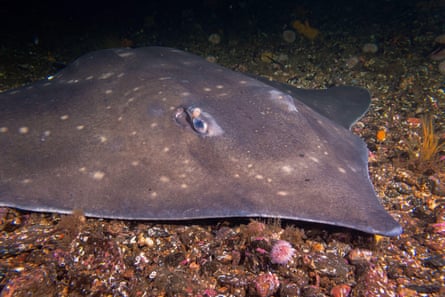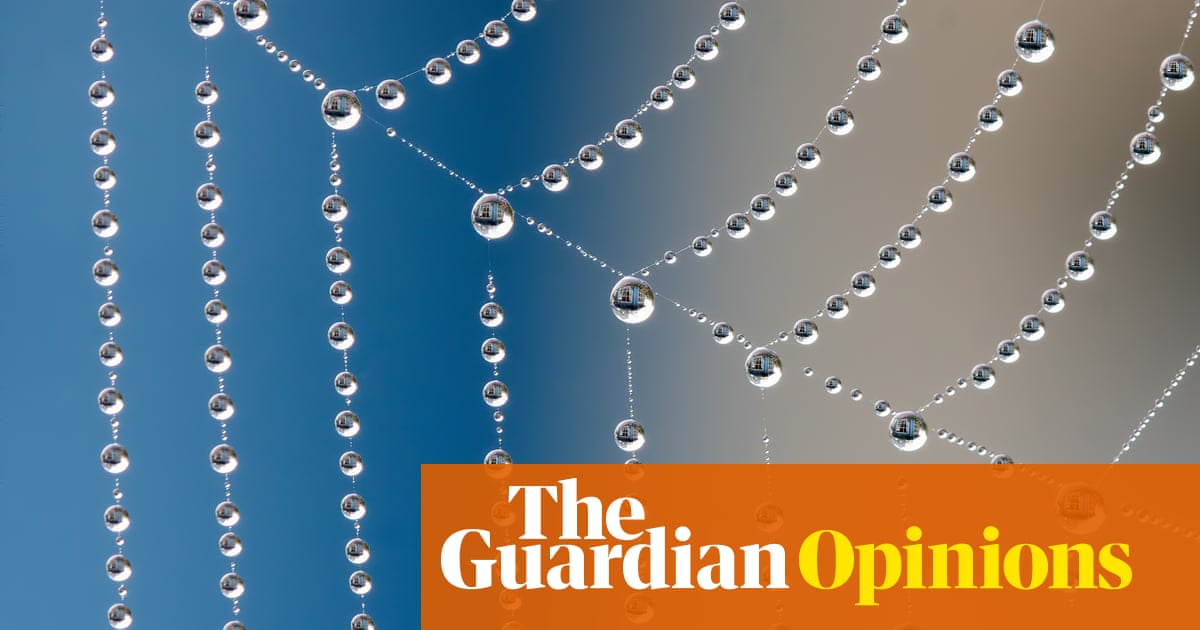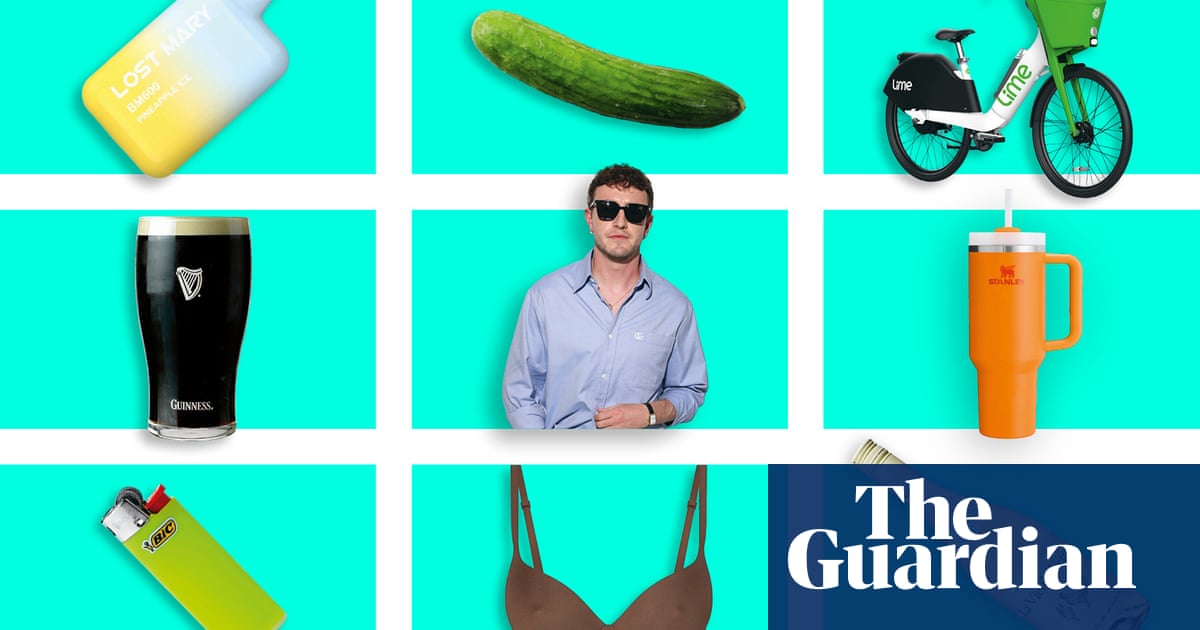Sea anglers will tell you that catching and landing a large flapper skate is the equivalent of running a four-minute mile. The fish can weigh 100kg and stretch the length of a dinner table.
The first thing anglers will reach for when they land one is their camera or mobile phone, to capture the unique pattern of white spots ranged across each skate’s mottled brown back.
These critically endangered members of the shark family are now the focus of one of the largest citizen-science projects in British waters, relying on hundreds of sea anglers who campaigned for a legally mandated marine protected area (MPA) off Oban and Mull specifically to protect the flapper skate, also known as the common skate.
Once the skate is released alive into the seas off western Scotland, anglers upload photos to a conservation database that is powered by artificial intelligence and a new mobile phone app.
Marine conservationists and anglers believe that as a direct result of the protection offered by the Loch Sunart and Sound of Jura MPA, the species is recovering, nearly 20 years after it was put on the International Union for Conservation of Nature red list because of decades of overfishing.
That, say its supporters, proves the value of marine protection zones. “The MPA and the conservation has definitely increased their numbers,” said Ronnie Campbell, a pioneering charter-boat skipper who introduced his own voluntary no-kill policy for skate landed on his boats in the early 1990s – 17 years before the EU banned the landing of skate in 2009.
“They’re showing up all over, mostly in Scotland, but I think they’re also starting to move down south,” he said. “You can’t be wrong returning fish alive; that can never be wrong.”
Up to 300 anglers are submitting data, converting their trophy photographs into scientific evidence; some have been trained to scan the identification tags implanted on many skate.
That catch data, including the grid coordinates, is uploaded into a specially designed online database, known as Skatespotter, run by the Scottish Association for Marine Science (Sams) near Oban and the conservation agency NatureScot.
Sams and NatureScot turned to AI technology in part because Skatespotter was a victim of its own success.
The database now holds records of almost 2,500 individual flapper skate, with 5,000 images. Until the AI scanning became available, every photograph was personally scanned and matched by the researchers. Attempts to draft in volunteers to help foundered because, the volunteers admitted, the work was “really boring”.

The database also takes in skate identification data from as far north as Orkney and from a project in Northern Ireland. And this new AI technique could be applied to other fish conservation projects, greatly increasing their efficiency and speed.
Dr Jane Dodd, a NatureScot operations officer involved in the project, said: “We had a backlog of about 250 photographs in Skatespotter that we hadn’t matched, and once we got the AI working, we managed to clear that in two weeks. That had been sitting there for probably six months or a year.”
A recent scientific paper by Dodd, her project partner Dr Steven Benjamins from Sams, and two colleagues in the Scottish government’s marine directorate found that the MPA had helped the species to rebound rapidly. Catches increased by between 54% and 92% in different parts of the protected area.
“Survival rates improved greatly,” it found, and suggested more MPAs might be needed to protect skate along other parts of the coastline.
Benjamins said: “Flapper skate are large, long-lived top predators, part of this marine ecosystem. They are of a similar trophic level as large terrestrial carnivores. If these were lynx or wolves that we had had for centuries, and then suddenly they disappeared, there would be this massive outcry.
“Instead, we have this enormous animal and very few people know anything about them, which is just extraordinary.”
A group of conservation charities comprising Open Seas, the Our Seas coalition and the umbrella body Scottish Countryside Link are pressing ministers in the devolved government in Edinburgh to use evidence such as this to strengthen Scotland’s MPA network.
In an open letter to Gillian Martin, Scotland’s acting net zero and environment secretary, they accuse the government of allowing the “continued degradation” of the inshore marine environment by failing to introduce promised controls on commercial fishing.
The next Holyrood elections are a year away, giving little parliamentary time, but a spokesperson for Martin said those new measures were “a top priority”. “We will continue, as we have done from the very start of this process, to reach out and engage with all stakeholders to support our coastal communities working to ensure we find a balanced approach,” the spokesperson said.

.png) 12 hours ago
2
12 hours ago
2













































